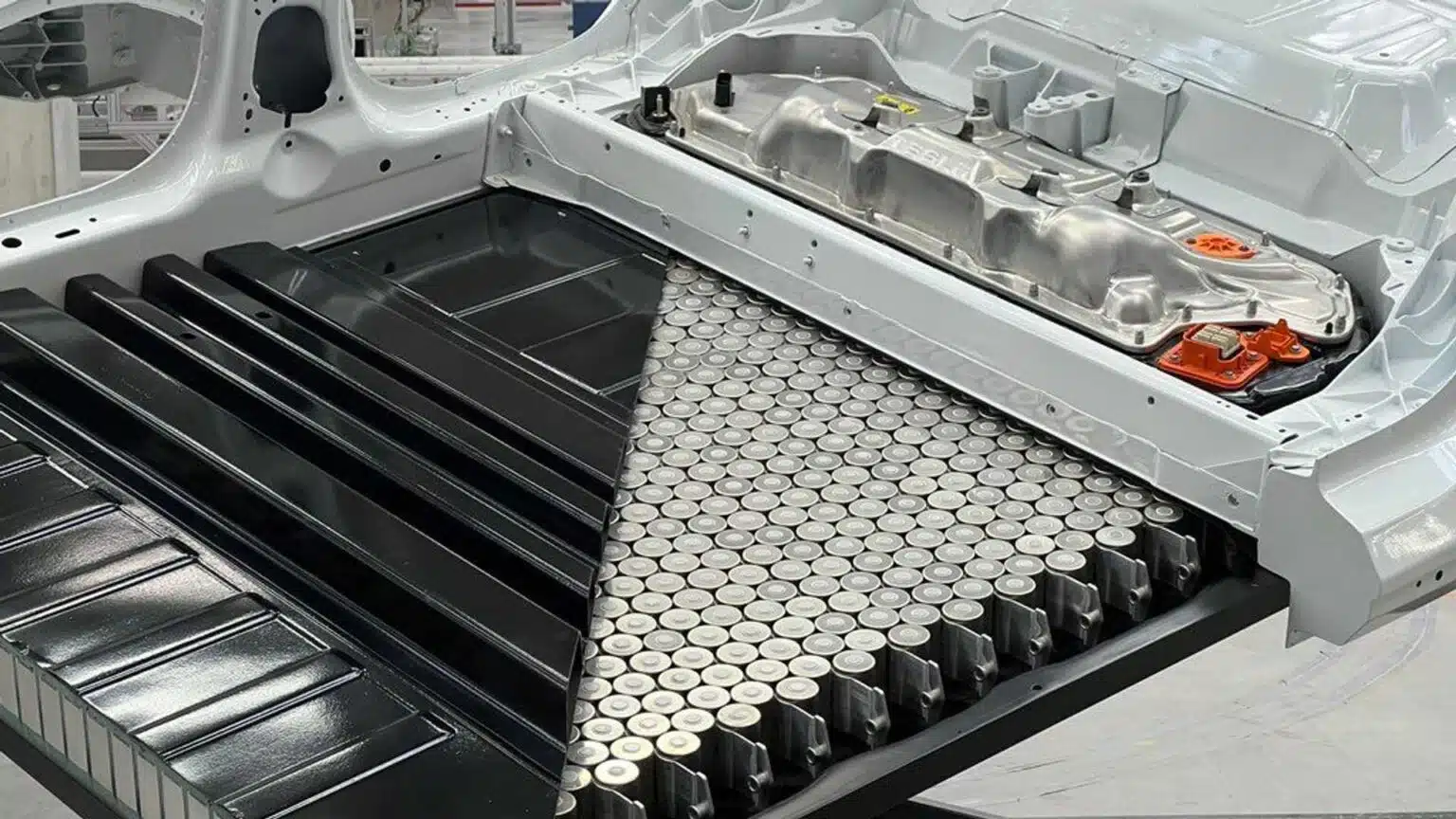 |
In a major milestone in the field of energy storage technology, China has begun mass deployment of large-scale “gravity batteries,” a move that has the potential to fundamentally change the way renewable energy is stored around the world.
This innovative approach is challenging the dominance of lithium-ion batteries and offers promising environmental benefits as countries race towards greener energy solutions.
“Gravity battery”
“Gravity batteries” work by lifting and lowering heavy blocks of material to store and release energy. Energy is “invested” in a block of material, such as a large block of concrete or a body of water, as it is lifted.
This energy is stored until the mass is lowered, at which point a generator or turbine converts the kinetic energy from the downward motion into electricity. The advantage of this technology over conventional batteries is that the energy does not degrade over time.
The most typical example of this potential technology is the “Evx” project in China, a product of cooperation between the Chinese government and the Swiss energy company, Energy Vault.
It is a massive structure that stands more than 120 metres high but has no doors or windows. Inside, 3,500 25-tonne “bricks” are moved up and down by a complex system of elevators and rails. The blocks are raised when renewable energy sources produce surplus electricity and lowered when demand for electricity is high.
 |
The 120m-high "gravity battery" system in Rudong, Shanghai, China. Photo: EnergyVault. |
With a reported capacity of up to 100 MW/h, the EVx system demonstrates China's commitment to alternative energy storage technologies, despite the country's dominance in the lithium-ion battery market.
China currently controls about 72% of global lithium-ion battery production, but it still recognizes the strategic importance of diversifying its energy storage methods.
Energy Vault’s first commercial gravity battery in China is built next to a wind farm. With an impressive 100 megawatt hours (MWh) of storage capacity, once fully charged, the system is capable of powering around 4,600 electric cars for 100 kilometers.
“We didn’t envision that our first plant would be built in China,” Robert Piconi, CEO of Energy Vault, told SWI .
Yan Shengjun, chairman of China Tianying Group, asserted that Energy Vault's "revolutionary technology" will accelerate China's energy transformation.
According to Forbes , Chinese policymakers value the potential of using local raw materials to build this infrastructure, as well as its 35-year lifespan.
Three similar gravity battery systems are currently under construction in China, with six more in the planning stages. Together, they will have a combined storage capacity of 3,700 MWh.
Huge potential
Gravity batteries work in a similar way to pumped-storage hydroelectric plants. These systems pump water up into elevated reservoirs when there is excess energy and release it through turbines during peak demand periods.
According to the International Hydropower Association , these systems now account for more than 94% of the total installed energy storage capacity globally. This shows the huge potential and proven reliability of using gravity to store energy.
Despite their high performance and reliability, these systems require specific geographical features such as elevated reservoirs and large water basins, which many areas do not have.
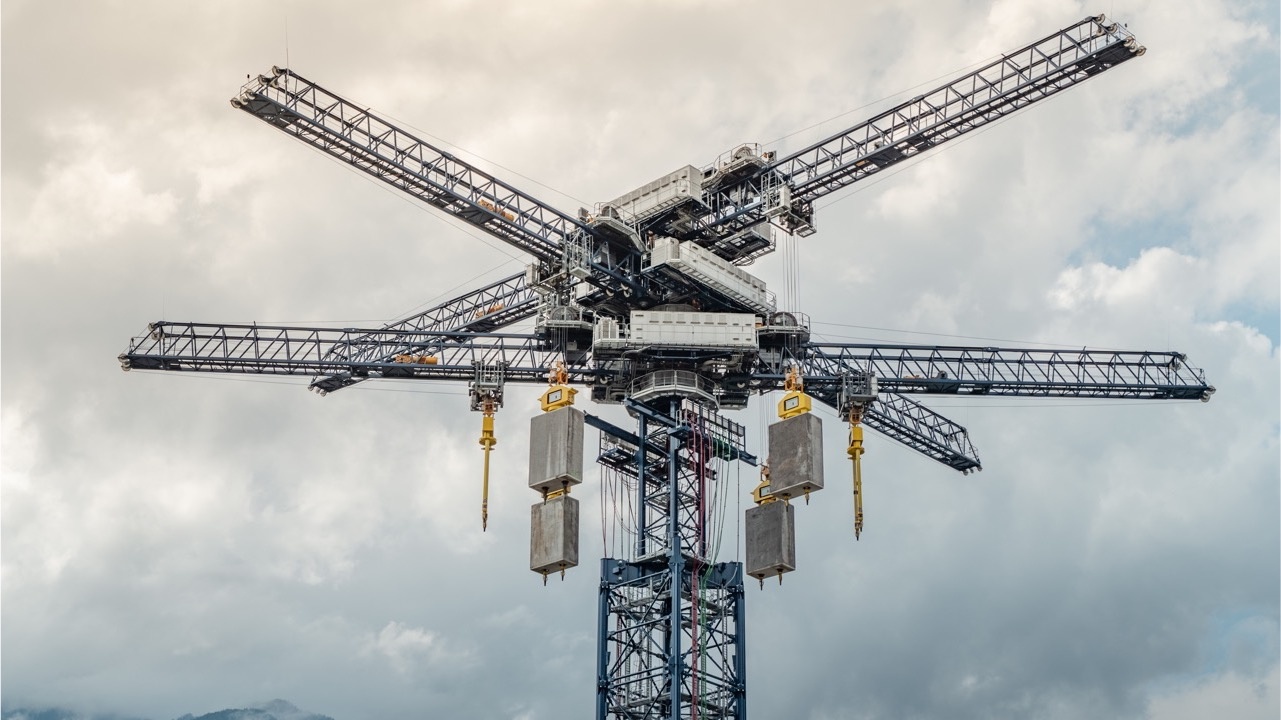 |
Energy Vault's EVx system installed in a demonstration project in Switzerland. Photo: Energy Vault. |
In contrast, gravity batteries that use solid weights can be built more flexibly, with the main limitation being the existing infrastructure to lift and lower the load. This opens up the potential for a wider range of applications for gravity battery technology in many different locations around the world, not constrained by natural terrain factors.
Gravity batteries also offer several environmental benefits over lithium-ion batteries. The EVx system uses building blocks made from easily available materials like sand or recycled waste, significantly reducing the need for rare minerals.
The social impact of gravity battery projects in China is also positive. These projects create jobs for the local workforce and take advantage of the resources available in the area, thereby reducing transportation needs and supply chain issues.
This localized approach stands in stark contrast to the complex global supply chains required to produce lithium-ion batteries, which pose the potential to disrupt natural habitats and threaten fragile ecosystems.
Source: https://znews.vn/ben-trong-he-thong-pin-trong-luc-khong-lo-cua-trung-quoc-post1549060.html


![[Photo] Nghe An: Bustling atmosphere celebrating the 50th anniversary of Southern Liberation and National Reunification Day](https://vphoto.vietnam.vn/thumb/1200x675/vietnam/resource/IMAGE/2025/4/29/64f2981da7bb4b0eb1940aa64034e6a7)
![[Photo] General Secretary attends special art program "Spring of Unification"](https://vphoto.vietnam.vn/thumb/1200x675/vietnam/resource/IMAGE/2025/4/29/e90c8902ae5c4958b79e26b20700a980)
![[Photo] Ho Chi Minh City residents "stay up all night" waiting for the April 30th celebration](https://vphoto.vietnam.vn/thumb/1200x675/vietnam/resource/IMAGE/2025/4/30/560e44ae9dad47669cbc4415766deccf)
![[Photo] Hanoi is brightly decorated to celebrate the 50th anniversary of National Reunification Day](https://vphoto.vietnam.vn/thumb/1200x675/vietnam/resource/IMAGE/2025/4/29/ad75eff9e4e14ac2af4e6636843a6b53)
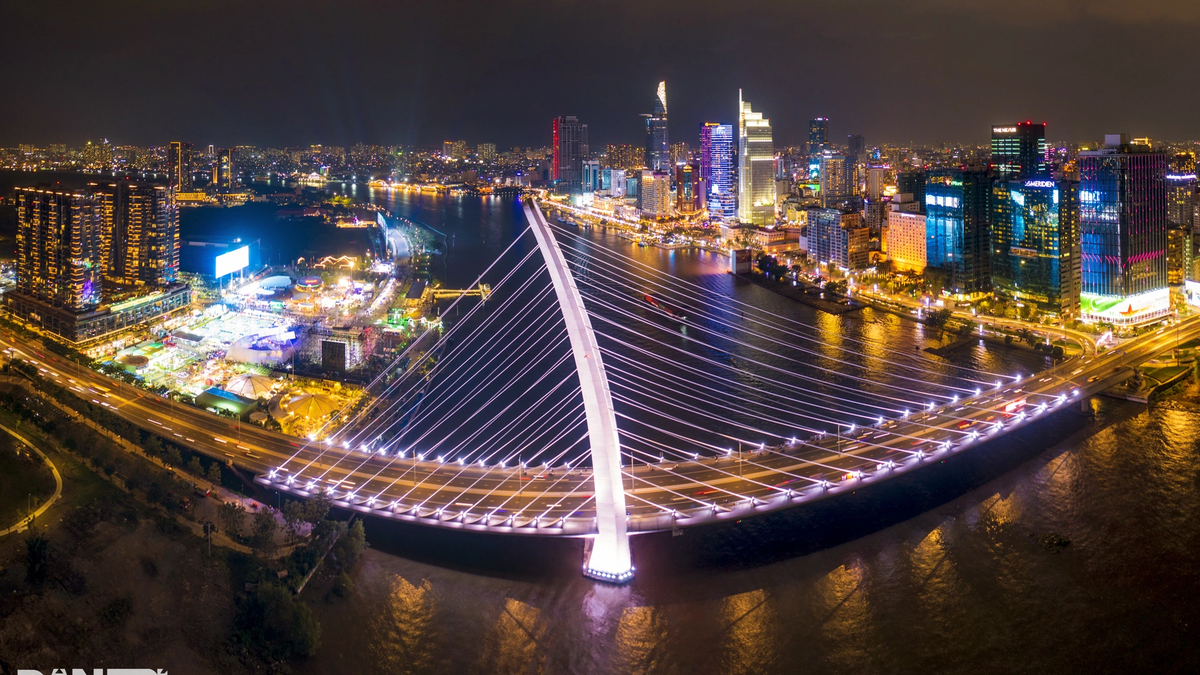
![[Photo] Ho Chi Minh City: People are willing to stay up all night to watch the parade](https://vphoto.vietnam.vn/thumb/1200x675/vietnam/resource/IMAGE/2025/4/29/cf71fdfd4d814022ac35377a7f34dfd1)









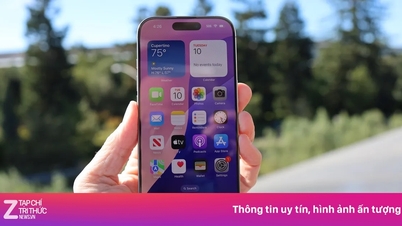





![[Photo] Prime Minister Pham Minh Chinh meets to prepare for negotiations with the United States](https://vphoto.vietnam.vn/thumb/1200x675/vietnam/resource/IMAGE/2025/4/29/76e3106b9a114f37a2905bc41df55f48)


















































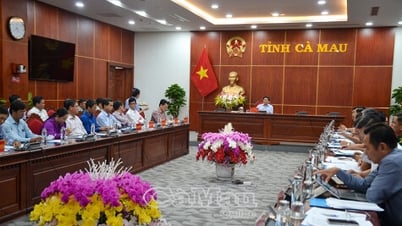


















Comment (0)